
- Blog
-
Stones
- Aventurine
- Agalmatolite
- Agate
- Adamite
- Adularia
- Azurite
- Azurmalachite
- Aquamarine
- Alexandrite
- Almandine
- Amazonite
- Amethyst
- Ametrine
- Ammolite
- Angelite
- Andradite
- Beryl
- Turquoise
- Bull's eye
- Variscite
- Verdite
- Vorobyevite
- Gagat
- Heliodor
- Hematite
- Hessonite
- Hyacinth
- Howlite
- Clear quartz
- Garnet
- Diopside
- Jadeite
- Pearl
- Serpentine
- Emerald
- Iolite
- Rose quartz
- Сalcite
- Caholong
- Kyanite
- Coral
- Kunzite
- Cat's Eye
- Labradorite
- Lavastone
- Lapis lazuli
- Larimar
- Lepidolite
- Moonstone
- Magnetite
- Malachite
- Marcasite
- Meteorites
- Moldavite
- Microcline
- Jade
- Obsidian
- Oniks
- Opal
- Pyrite
- Prehnite
- Smoky quartz
- Hornfels
- Rhodolite
- Rhodonite
- Rhodochrosite
- Ruby
- Sapphire
- Sard
- Sardonyx
- Selenite
- Sodalite
- Carnelian
- Hawk’s Eye
- Sugilite
- Tiger's eye
- Topaz
- Tourmaline
- Uvarovite
- Fluorite
- Phosphosiderite
- Chalcedony
- Peridot
- Chrysoberyl
- Chrysoprase
- Zircon
- Citrine
- Zoisite
- Charoite
- Spar
- Spinel
- Shungite
- Eudialyte
- Euclase
- Amber
- Jasper
-
Tarot
- The Fool
- Magician
- The High Priestess
- The Empress
- The Emperor
- The Hierophant
- The Lovers
- The Chariot
- Strength
- The Hermit
- Wheel of Fortune
- Justice
- The Hanged Man
- Death
- Temperance
- The Devil
- The Tower
- The Star
- The Moon
- The Sun
- Judgment
- The World
- Page of Swords
- Knight of Swords
- Queen of Swords
- King of Swords
- Page of Cups
- Knight of Cups
- Queen of Cups
- King of Cups
- Page of Pentacles
- Knight of Pentacles
- Queen of Pentacles
- King of Pentacles
- Page of Wands
- Knight of Wands
- Queen of Wands
- King of Wands
- Ace of Wands
- Two of Wands
- Three of Wands
- Four of Wands
- Five of Wands
- Six of Wands
- Seven of Wands
- Eight of Wands
- Nine of Wands
- Ten of Wands
- Ace of Cups
- Two of Cups
- Three of Cups
- Four of Cups
- Five of Cups
- Six of Cups
- Seven of Cups
- Eight of Cups
- Nine of Cups
- Ten of Cups
- Ace of Swords
- Two of Swords
- Three of Swords
- Four of Swords
- Five of Swords
- Six of Swords
- Seven of Swords
- Eight of Swords
- Nine of Swords
- Ten of Swords
- Ace of Pentacles
- Two of Pentacles
- Three of Pentacles
- Four of Pentacles
- Five of Pentacles
- Six of Pentacles
- Seven of Pentacles
- Eight of Pentacles
- Nine of Pentacles
- Ten of Pentacles
-
Сandles
Why did my stone darken: causes and what to do
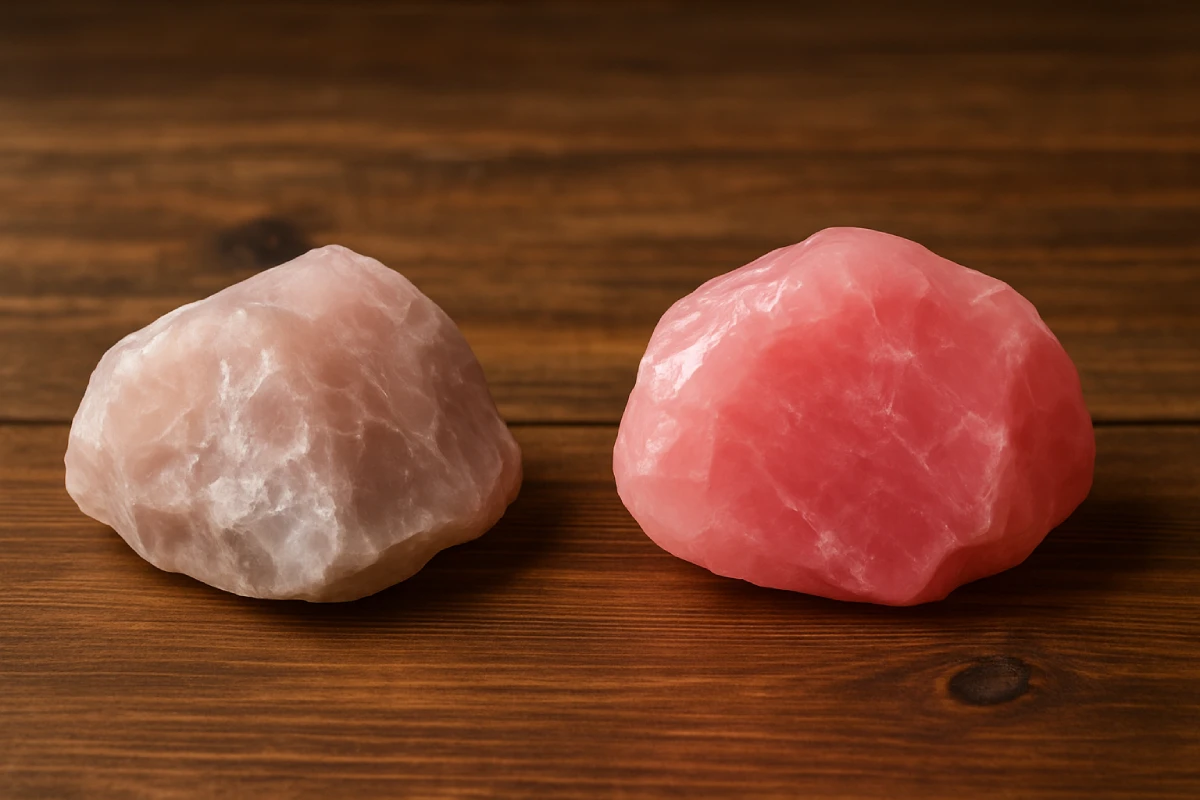
Natural stones are a living material that can change their appearance over time. If your stone has darkened, it’s not always a reason to worry, but it’s important to understand why it happens and how to fix it.
Why can a stone darken?
- Energetic overload.
Stones absorb energy — both positive and negative. If a stone is used for a long time without cleansing, it can darken or lose its shine.
2. Contact with skin and sweat.
Natural minerals often react to sweat, lotions, or perfumes — this can change their color.
3. Exposure to sunlight.
Some stones (like amethyst or rose quartz) can fade or darken under direct sunlight.
4. Improper storage.
If a stone is kept in a humid place or near chemicals, it may change its color.
5. Natural aging.
Over time, a mineral’s structure can change: microcracks or oxidation appear, which affects its color.
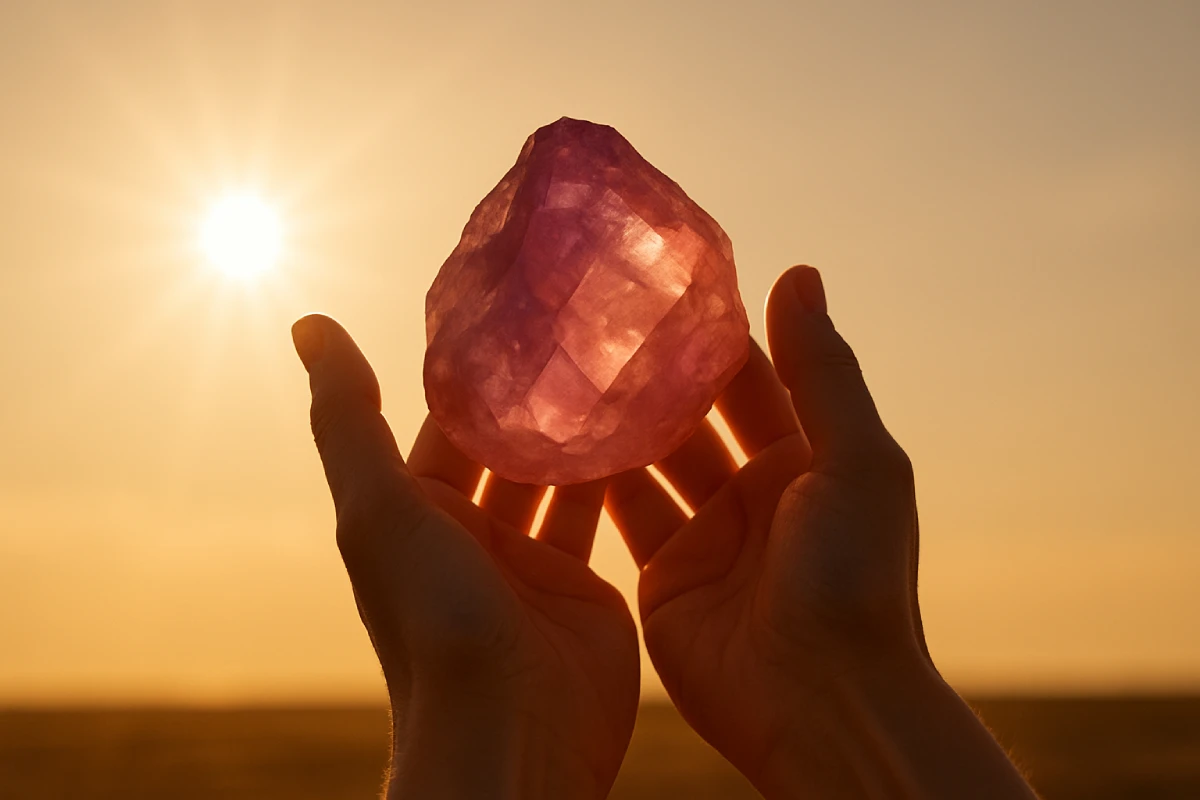
How to fix it and what to do?
✔️ Cleanse the stone.
Regular cleansing is the first thing to do. Use water (if the stone is water-safe), salt, moonlight, or special energetic practices.
✔️ Recharge the stone.
After cleansing, place the stone on a windowsill under moonlight or on the ground. This will restore its energy.
✔️ Try dry cleaning.
If the stone can’t get wet (like selenite or lapis lazuli), wipe it with a soft dry cloth and cleanse it using incense smoke or the sound of a singing bowl.
✔️ Check storage conditions.
Store stones separately in pouches or boxes, away from moisture and direct sunlight.
✔️ Sometimes darkening is a sign.
In esotericism, people believe that a darkened stone may have “worked” for you by absorbing negativity. In this case, it’s best to thank it and replace it with a new one.
Tip: Care for your stones like living helpers — cleanse them regularly and let them “rest.”
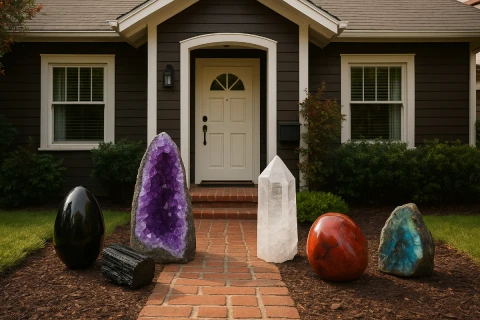
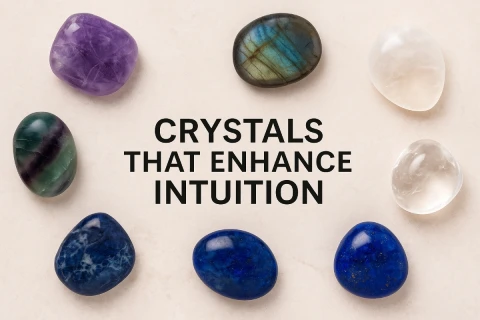

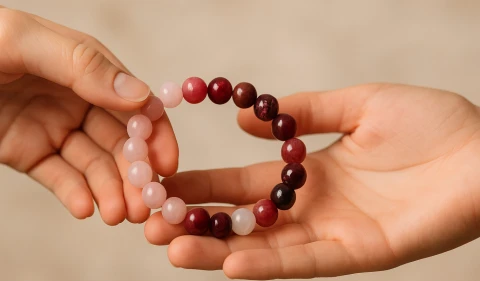
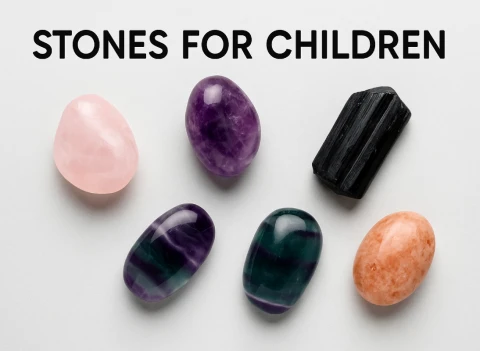

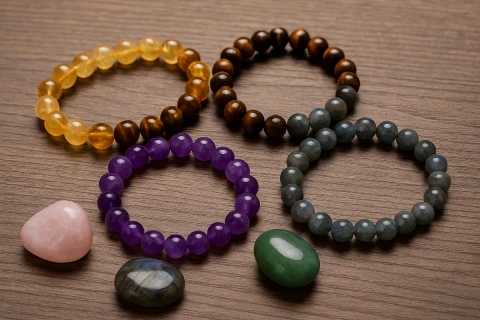
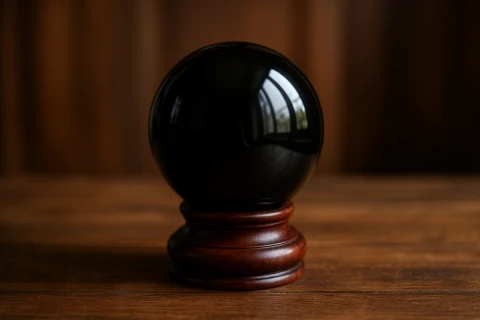
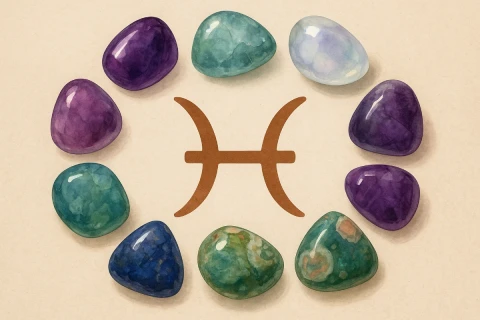
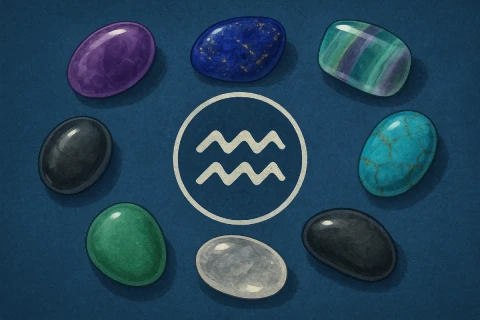
We are using cookies

